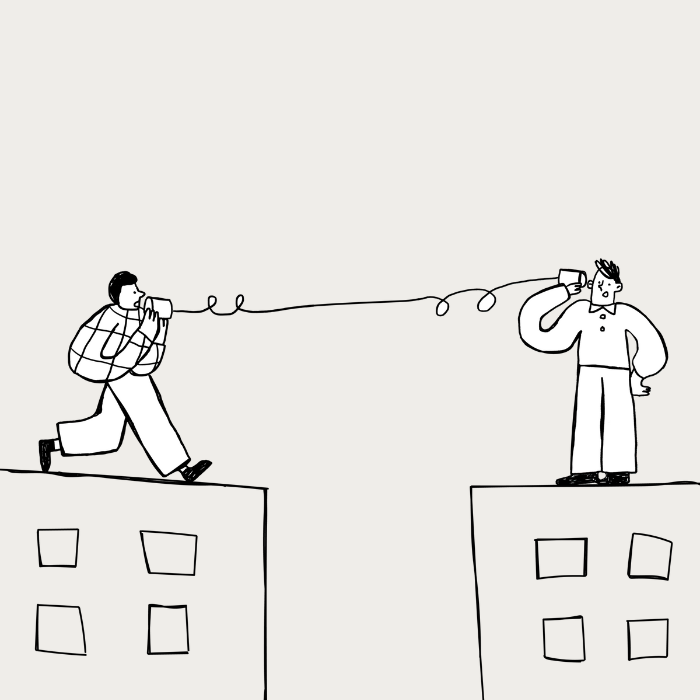
It seems that imaginary friends have not only comfort benefits for children, but creativity and language benefits as well. What should we do about this imaginary friend?
Sarah was at primary school when her imaginary friend Albie, appeared on the scene. Albie was 23 years old, helped Sarah with her homework and played games with her, just like a big brother. The day Albie got on a bus and left for university was a momentous exit and a new beginning for Sarah.
So what causes some children to create an imaginary friend?
An imaginary friend is described as a social and psychological phenomenon, where a friendship takes place in the imagination, rather than external physical reality. Generally an imaginary friend is a positive character.
Lawrence Kutner is a Clinical Psychologist and author of Midnight Monsters and Imaginary Companions. Dr Kutner says, “Imaginary companions are an integral part of many children’s lives. They provide comfort in times of stress, companionship when they’re lonely, someone to boss around when they feel powerless, and someone to blame for the broken lamp in the living room.”
Dr Kutner’s analysis report says, “You can learn a lot about your child – especially the stresses he’s feeling and the developmental skills he’s trying to master, by paying attention to how and when his imaginary companions appear. They usually first appear at around age 2.5-3, which is about the same time children are starting complex fantasy play.”
Preschoolers and older children may turn to imaginary companions for more practical and short-term problems in their lives. A 3-year-old who started attending a new childcare centre handled the stress of that transition by inventing a troupe of invisible animals that became his playmates. As soon as he felt comfortable with the other children, and after he’d been regularly included in their play, his imaginary animals quietly disappeared.
Your own personal interpretation of things like imaginary friends will depend on your upbringing and beliefs. Your reaction is likely to depend on any of your previous experiences, and either your fear or understanding of such things.
Dr Benjamin Spock, an American Paediatrician who studied psychoanalysis of children’s behaviour, believed that imaginary friends past the age of 4 indicated something was “lacking” in the child or their environment.
Often in stressful times, such as the separation of parents, the death of a family member or the introduction of a new sibling, it would be safe to assume an imaginary friend was conjured up to provide comfort.
In general, children’s interaction with imaginary friends appears to play a positive role in their language development, according to new research which suggests that having such companions can be developmentally beneficial. Associate Professor of Otago University, Elaine Reese, says, “Because children’s storytelling skills are a strong predictor of their later reading skill, these differences may even have positive spin-offs for children’s academic performance.”
There was a study into the language skills of 48 boys and girls, all aged 5, of whom 23 had imaginary friends. Researchers found that the 13 girls and 10 boys, who currently or previously engaged in imaginary companion play, had more narrative and language skills than children who did not engage in this type of play.
As for Sarah, she would encourage imaginary play in her own children. “It didn’t do me any harm,” she says, as she looks back fondly at her four years with Albie. They enjoyed “hanging out” and entertaining each other and Sarah could always rely on him.
So it seems that genuine imaginary play in young children is to be encouraged, and even better if you play along. Let your child set a place for their imaginary friend at the dinner table, and accompany you in the car. It may foster their creativity even more, and after all, this phase is usually short-lived.
Debra Casey is a freelance journalist, writer and promotions manager for a photography studio in the Waikato, and has one daughter and two step-daughters.








